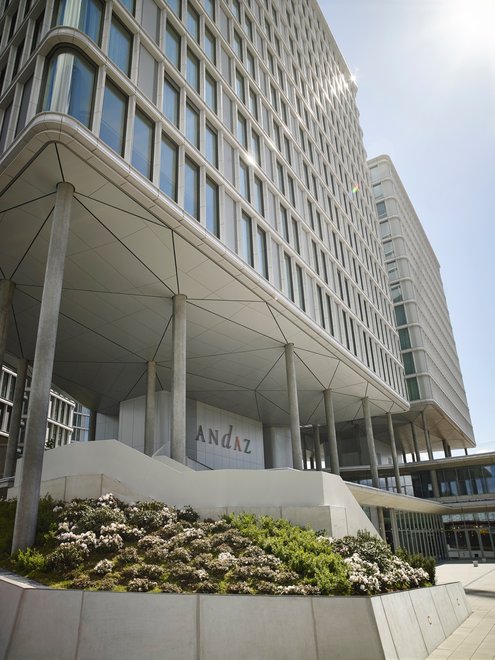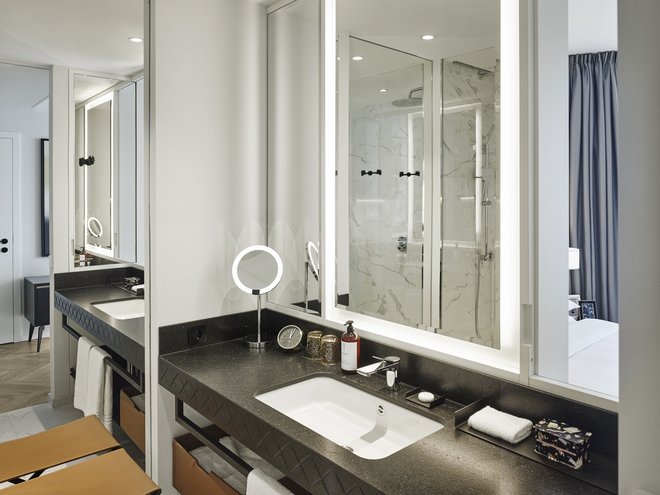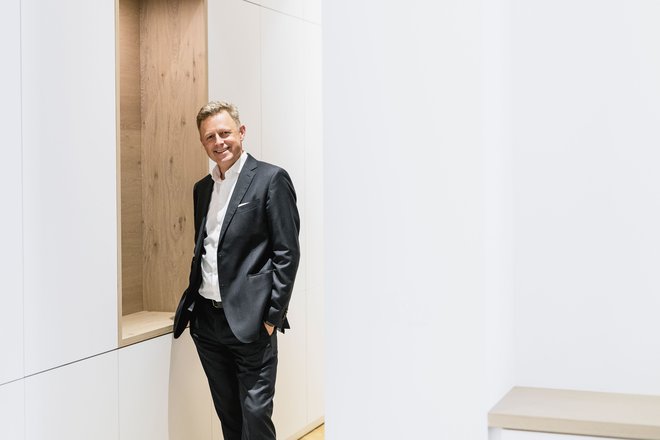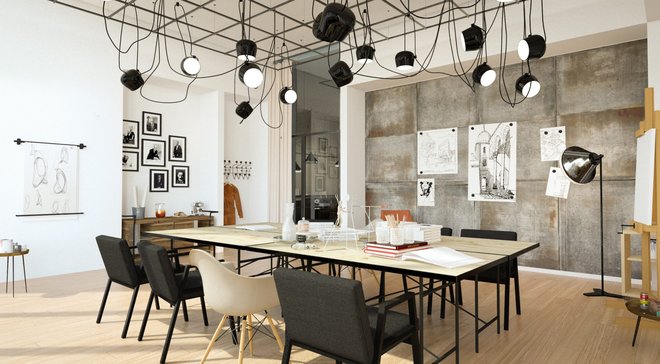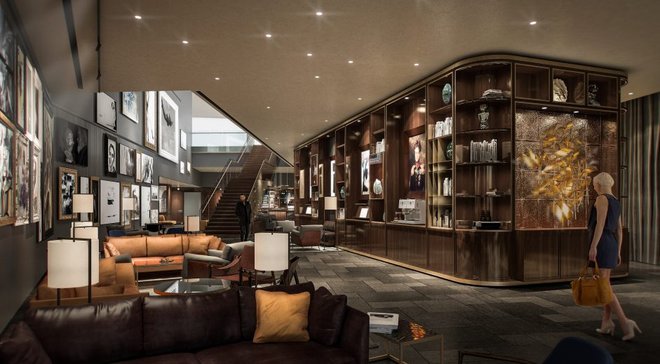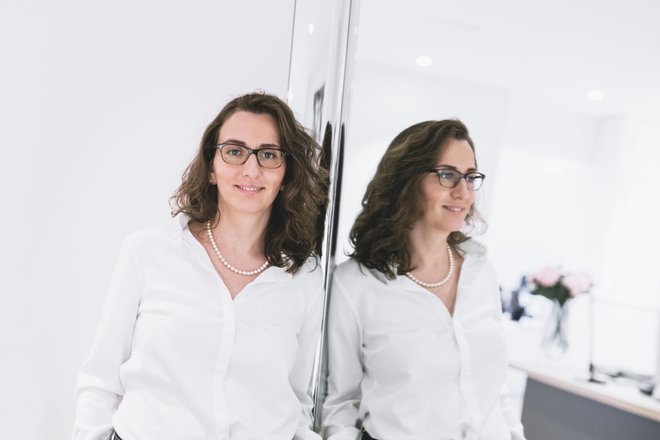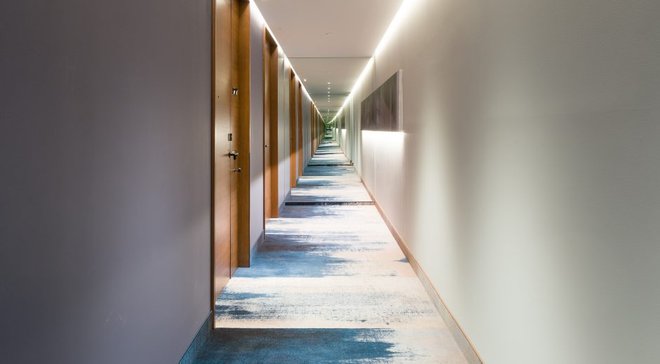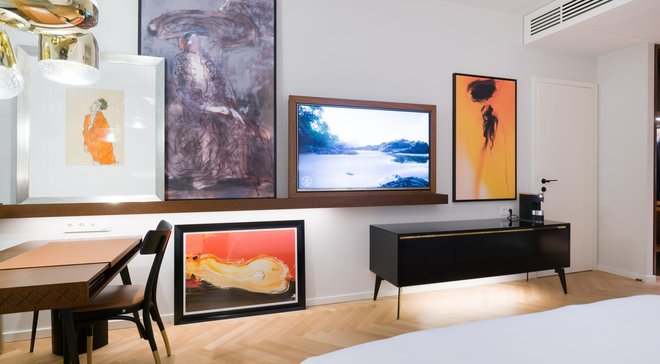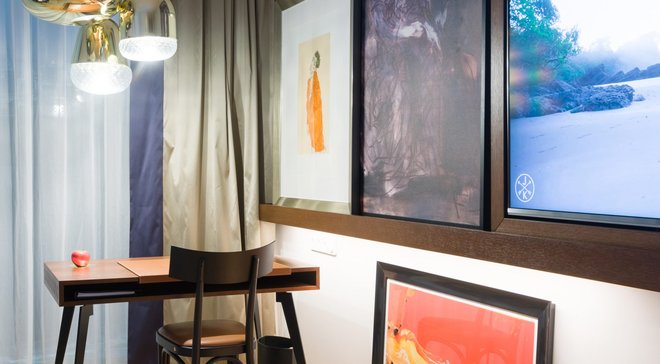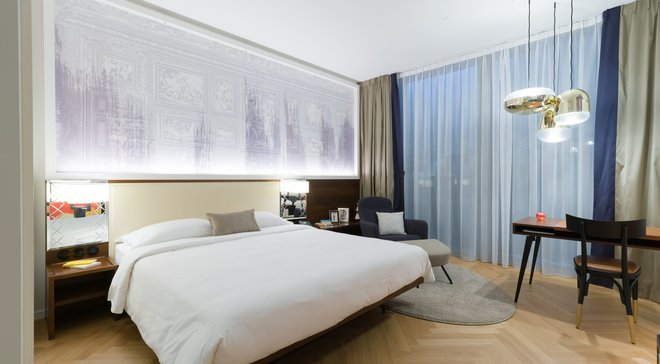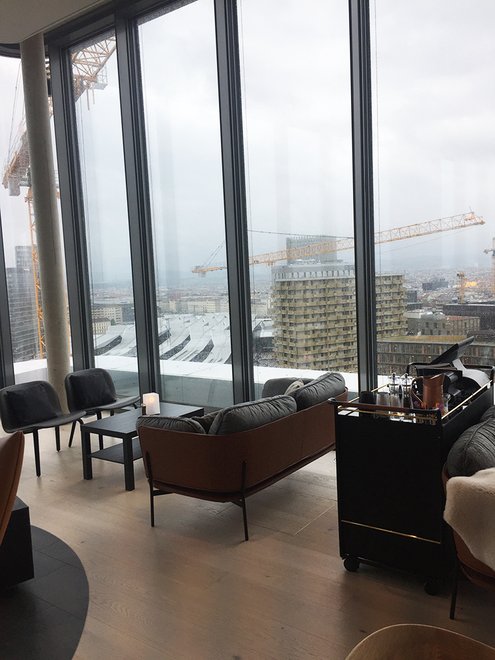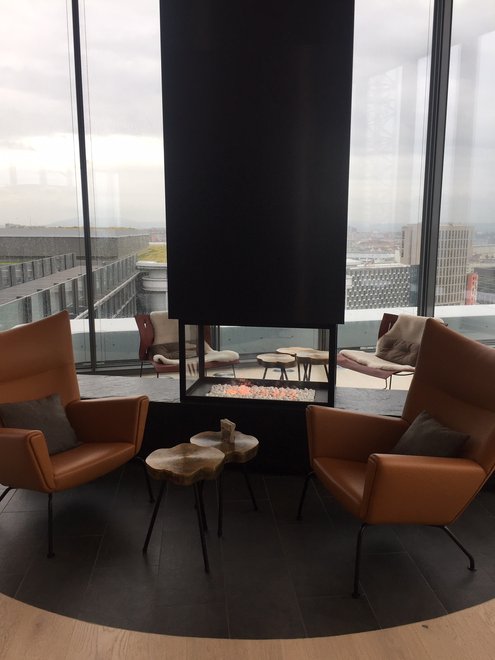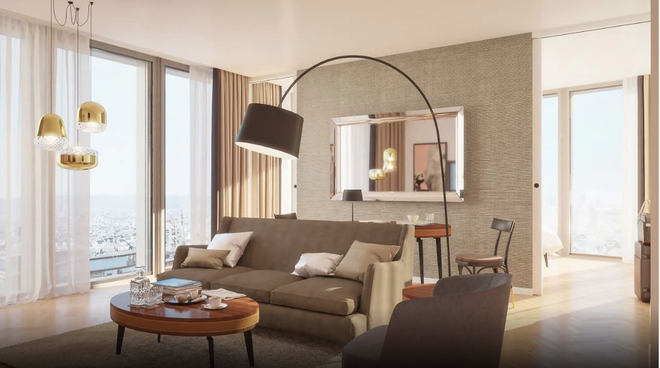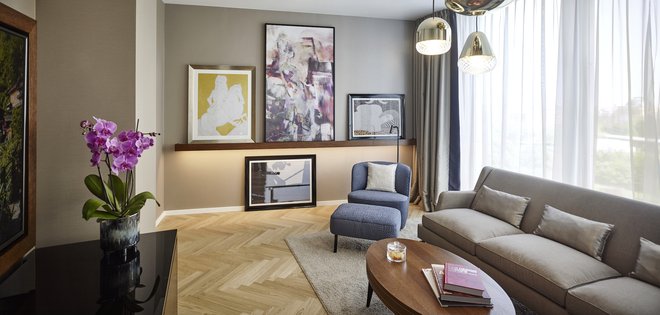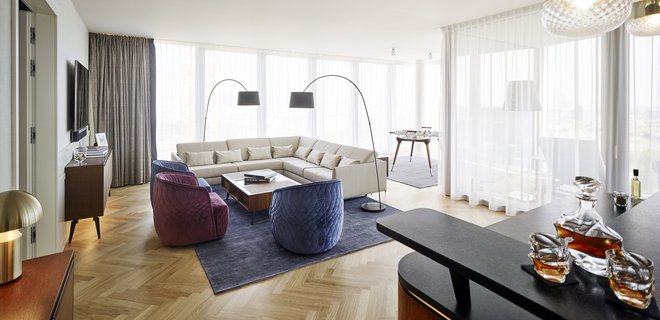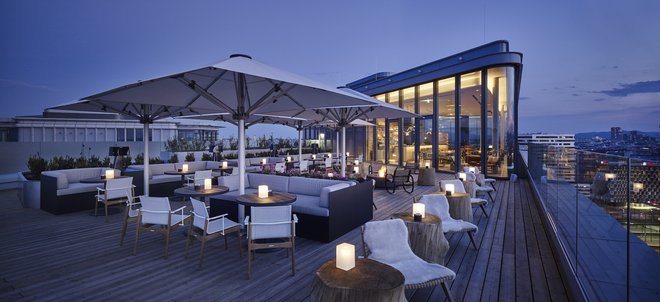temporary home
Lost in Translation or The Grand Budapest Hotel—no small number of film classics feature hotels as the place on which we project our longings. But what does that place look like in today’s digital modern age? On the occasion of the opening of the Hotel Andaz am Belvedere in Vienna we talked with the architects and interior designers Carmen Dumitrescu and Gabriel Kacerovsky of Vienna architecture firm archisphere about current trends, the Airbnb phenomenon, and Prince Eugene’s living room.
„Hotels are a rehearsal for real life.”
What is the most essential object in a hotel room?
Carmen Dumitrescu: The bed. And the shower. Those are the basics that you have to get right. If they aren’t right, you’ve missed your mark.
Apart from not being clean, what can go wrong with a shower?
C.D.: You know, modern technology, digitalization, has made so much possible, not least of all in hotel design. As a result, some hotels tend to over-technologize certain things that are actually pretty simple. It starts with complicated dimmable, color-changing lighting and sometimes ends with a rain shower that has seventeen different buttons and functions. I was at a hotel in Switzerland recently where it took me 20 minutes just to get the shower running in the morning. If a guest on a business trip comes back from a 14-hour-day and has to deal with something as complicated as that, he’ll literally just throw in the towel. That potential for aggression has to be avoided at all costs.
Speaking of bathrooms—the first bathrooms with running water were installed in hotels, as were the very first telephones. To what extent can a hotel be a pioneer for certain trends or even a trendsetter?
Gabriel Kacerovsky: You might say that hotels are a rehearsal for real life. A lot of trends will show up first in hotels. Trends in contemporary art, fashion, food concepts, etc. can usually be seen first and foremost in hotels. In addition to the first bathrooms and telephones, the first completely electrified building was also a grand hotel.
“We are in the living room of a fictitious descendant of Prince Eugene.”
Hotel design has to take economic as well as functional and emotional aspects into consideration. Which emotional aspects play a role in your planning?
G.K.: Architecture is fundamentally emotional. The market is extremely competitive. In order to stand out from other hotels, you have to trigger something emotionally in the guests, allow them to experience their stay in the context of a story. The story at Hotel Andaz is about a fictitious descendant of Prince Eugene of Savoy. A landlord who never appears, a Viennese man of the world. Someone who has spent his life in Vienna yet has traveled the globe collecting art. Returning from a long sojourn abroad, he makes himself comfortable in his living room.
So we’re in Prince Eugene’s living room. Is that what the ideal hotel lobby looks like in 2019? What’s the most important thing when entering a hotel?
C.D: When you enter a hotel, you have to be able to immediately find the right contact person and recognize who you have to talk to, but you also have to feel at home. You’ll often find yourself lost in a monumental empty hotel lobby, with the reception enthroned in the middle. A modern hotel lobby aims instead to receive people as equals. They should feel like they are in their own living room when they arrive—or Prince Eugene’s living room in our case.
So in recent years the trend has moved away from outsized endlessness towards a living room feeling?
G.K.: Exactly. “The” hotel lobby doesn’t exist anymore. I mean, there are still the conference hotels with their huge chandeliers, of course, but that’s not what we are aiming for. Our guests should come in and find themselves in the living room of our Viennese world traveler; they can roam through his collection of contemporary art here in the reception hall, settle into a comfortable armchair with a good book and let their thoughts wander—and perhaps feel reminded of their own living rooms. Even if this one is probably a little bit bigger...
Probably. The hotel and its guests are on a more equal footing today, authenticity and character are in demand. Do you think this is also a factor in the popularity of Airbnb?
G.K.: The success of Airbnb certainly shows that many people are no longer satisfied with standardized spaces. When you find yourself in the kitchen in the morning with your Airbnb hostess, it gives you a feeling of authenticity and you feel a little more like you are really experiencing your (vacation) destination. Right in the middle of life, so to speak. That authenticity and individuality is what guests are looking for today.
“Many people are no longer satisfied with standardized spaces.”
To what extent can hotel designers respond to this trend towards authenticity and individuality?
G.K.: You can convey it through a variety of gestures, often even small ones. In our take-away café “The Cyklist,” for example—which is also accessible from the outside for walk-in customers—guests and staff meet on equal footing, because the café also serves as our staff canteen. That’s a similar approach to Airbnb, where the host I’m staying with sometimes will sit at the table with me.
C.D: We also tried to create a sense of familiarity and coziness in the hotel rooms through certain design elements, establishing a bridge to the story of our Viennese cosmopolitan. The idea was to bring in elements that convey a Viennese flair and the character of the city’s historic buildings.
G.K.: Our inspiration here was the historical classic Viennese apartment. Our rooms have herringbone parquet flooring and the walls are painted white like as in they usually are in a classic Viennese flat. Everything looks very bright and spacious—in contrast to the rooms in many other hotels, where everything is often overloaded, covered with heavy, dark curtains and pasted over with dark wallpaper.
Hotels increasingly offer more entertainment options and communal spaces. Is the trend today towards public areas rather than privacy?
G.K.: Absolutely. Hotels have returned to a much more central place in life. The classic 19th century grand hotel was originally a meeting place for society. That was where you went to eat, to drink coffee, etc. Over time, things went in a different direction, with privacy becoming increasingly important. The hotel lobby of twenty years ago, for example, was deserted.
C.D.: For a long time, locals in particular were not involved or even wanted at all; they were deliberately kept out of hotel restaurants.
Some hotels in Vienna now offer public clubbing events in their bars or have their own movie theaters that are open to the public. How do you involve the local population in the hotel scene in 2019?
G.K.: Through design elements, for example: Both our café and restaurant as well as the Skybar are directly accessible from the outside, without having to go through the hotel lobby—there is an express lift to the Skybar from the outside. You only notice at second glance that you’re in a hotel. We want to convey openness and accessibility to everyone who happens to walk by here.
What was the strangest or most unusual design assignment you ever had?
G.K.: Well, commissions for private residences aren’t often discussed, since the clients tend to be people who are in the public eye to a certain extent. But sometimes you do get really crazy jobs. The most unusual design assignment I had for a residence of this sort was to plan a swimming grotto for a 4,000 square meter private home—13 meters underground! The grotto had all sorts of crazy features, the swimming area alone was 250 square meters, you could jump in from two floors, there were waterfalls, whirlpools, light shows, fog...
Sounds like fun...
G.K: It’s true. It was not only the most unusual but also the most fun assignment I’ve had.
Thanks for the interview!


